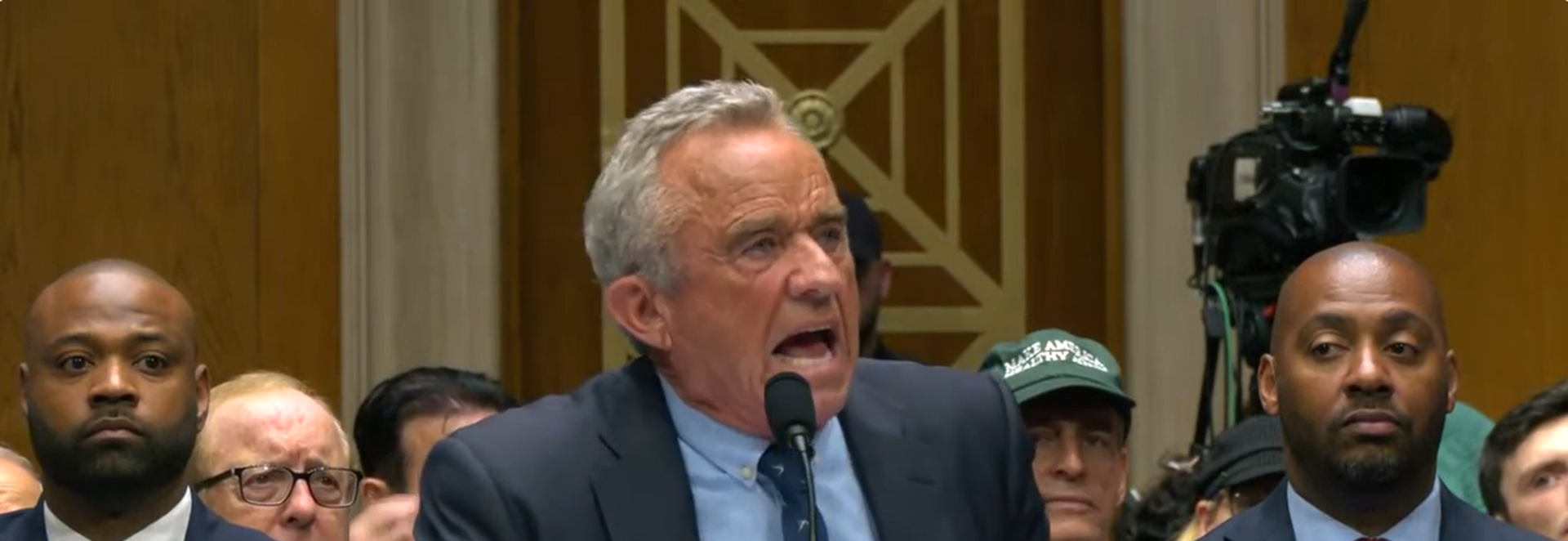Key Specifications to Check Before Buying an 8KW Three Phase Inverter
Additionally, consider the inverter's power factor, which measures how effectively the device converts power to a usable form.
When considering a reliable power solution for industrial or large residential use, an 8KW Three Phase Inverter offers a powerful and efficient option. This type of inverter is capable of converting direct current (DC) into alternating current (AC) with three-phase output, suitable for a wide range of applications from solar energy systems to off-grid power setups. However, purchasing an inverter of this magnitude requires careful evaluation of key specifications to ensure it meets your specific requirements and operates efficiently.
This article will explore the crucial technical and performance factors to examine before making a purchase. From output capacity and efficiency ratings to safety features and warranty terms, each element plays a significant role in determining the suitability of an 8KW Three Phase Inverter for your needs. Understanding these specifications can not only optimize performance but also enhance system longevity and return on investment.
Output Capacity and Voltage Compatibility
The first specification to check is the output capacity and voltage configuration of the 8KW Three Phase Inverter. Although the inverter is rated at 8 kilowatts, it’s essential to confirm whether this rating is continuous or peak output. Continuous output refers to the power the inverter can supply indefinitely, while peak output refers to the maximum power it can deliver for short periods, such as during motor startups. Choosing an inverter with a continuous rating close to your expected load ensures stable performance without risking overload or inefficiency.
In addition, ensure that the inverter's output voltage matches the local grid or your equipment’s requirements. Most 8KW Three Phase Inverters deliver either 380V or 415V AC at 50Hz or 60Hz, depending on the region. Using an inverter with the wrong voltage can damage connected devices or lead to poor performance. Therefore, always check the phase-to-phase and phase-to-neutral voltage values to match them with your existing power infrastructure before purchase.
Efficiency Ratings and Power Factor
Efficiency is another vital specification to examine, especially if you're integrating the 8KW Three Phase Inverter into a solar energy system or other renewable application. High-efficiency inverters convert more of the input DC energy into usable AC power with minimal losses. Look for inverters with efficiency ratings of 95% or higher for optimal energy conversion. Some models also offer European or weighted efficiency values, which represent performance under real-world conditions better than standard maximum efficiency figures.
Additionally, consider the inverter's power factor, which measures how effectively the device converts power to a usable form. A power factor close to 1 (typically 0.98 or higher) indicates that most of the power drawn from the source is used productively. A poor power factor can lead to higher electricity costs and strain on the electrical system. For commercial or industrial setups, selecting an 8KW Three Phase Inverter with adjustable or leading/lagging power factor capability may provide added flexibility for balancing reactive and active power loads.
Grid Compatibility and Compliance Certifications
Before purchasing an 8KW Three Phase Inverter, confirm its compatibility with your regional utility grid, especially if you plan to connect the inverter to a public grid under a net metering or feed-in tariff program. Grid-tied inverters must comply with local grid standards and regulations, such as IEEE 1547, UL 1741 (for North America), or VDE AR-N 4105 (for Europe). Using an inverter without the necessary certifications may result in denied grid connection or penalties from your energy provider.
Moreover, a compliant inverter ensures safety and operational reliability. Certifications such as CE, RoHS, and ISO indicate that the product has been tested for electromagnetic interference, environmental safety, and quality control. When reviewing inverter options, ask the supplier for compliance documentation to verify that the 8KW Three Phase Inverter adheres to necessary regional and international standards. A certified unit not only protects your equipment but also secures your eligibility for incentives or rebates.
Protection Features and Built-In Safety Mechanisms
When investing in an 8KW Three Phase Inverter, you must evaluate its built-in protection features to safeguard both the inverter and your connected devices. At this power level, robust safety mechanisms are essential to prevent damage from electrical faults, overloads, or external disturbances. Look for features such as over-voltage protection, under-voltage protection, short-circuit protection, over-temperature shutdown, and surge protection. These functions automatically disconnect the inverter or regulate its performance in unsafe conditions.
Advanced models may also include arc-fault detection and ground fault interruption systems, which are critical for solar or hybrid installations. Some 8KW Three Phase Inverters feature smart diagnostics that alert users of faults via alarms or remote notifications. Having these safety measures in place not only protects your investment but also minimizes downtime and maintenance costs. Prioritize inverters with a comprehensive protection system, especially if your application involves expensive or sensitive electrical equipment.
Connectivity Options and Monitoring Capabilities
Modern 8KW Three Phase Inverters often come equipped with advanced connectivity and monitoring tools, allowing users to track performance, troubleshoot issues, and optimize system output. Before purchasing, check if the inverter supports remote monitoring via Wi-Fi, Ethernet, or RS485. A mobile app or online dashboard can provide real-time data on energy production, consumption, grid feed-in, and historical trends. This is particularly valuable for large-scale commercial installations or off-site management.
Additionally, some inverters are compatible with smart energy management systems and IoT platforms, enabling integration with home automation or industrial SCADA systems. These features allow for better load balancing, energy storage control, and predictive maintenance. If your project includes battery storage, ensure that the 8KW Three Phase Inverter supports hybrid operation and communicates with your battery management system (BMS). Choosing a model with robust communication protocols (e.g., Modbus, CAN, MQTT) can future-proof your installation and make expansion easier.
Conclusion
Investing in an 8KW Three Phase Inverter is a significant step toward enhancing the energy efficiency and reliability of your power infrastructure. However, ensuring that the inverter aligns with your system's technical needs and operational goals is critical. Evaluating key specifications like output capacity, efficiency, grid compliance, safety features, and connectivity can help you make an informed decision that optimizes performance and minimizes long-term costs.
Whether you are using the inverter in a solar energy system, industrial facility, or commercial application, understanding these specifications ensures compatibility and safety. As technology continues to evolve, the best inverters offer smart features, remote access, and high reliability—making them a cornerstone of modern energy management. Take the time to analyze each factor in detail, and you’ll be rewarded with a robust and future-ready power solution.





















































































